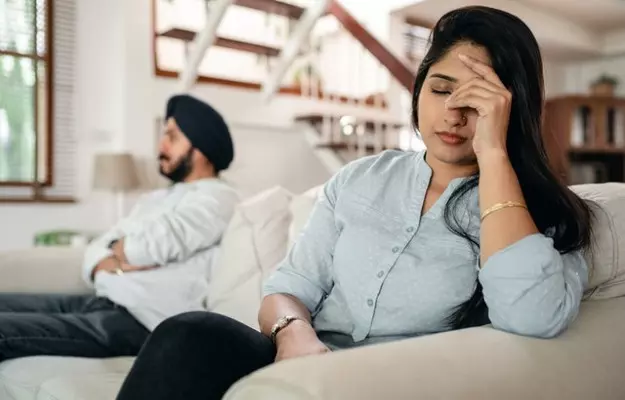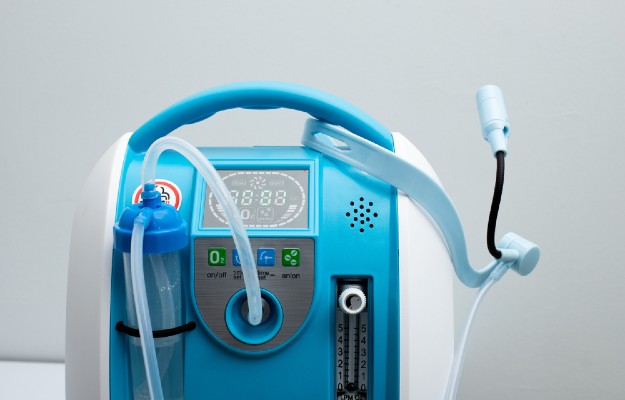Fatigue is a common sign of viral infection. This is because the body diverts a lot of energy from the normal body processes to fight the infection. Some patients with COVID-19, however, report feeling extremely fatigued—a symptom that can continue for a little while after they beat the disease.
If you have just recovered from COVID-19, it's important to be realistic about your symptoms after recovery too. Recovered patients who find it difficult to resume regular activities can also reach out to occupational therapists, who would be able to advise them on ways and equipment to resume day-to-day life.
You can try these six tips to deal with fatigue after COVID-19:
1. Make a new timetable with your current energy levels in mind. Plan meticulously.
Remember you still need to rest and regain your strength. You should factor this into your work calendar over the next few weeks as well:
- Try to keep deadlines as flexible as possible for a little while
- Budget more breaks into your day than normal
- Delegate as much as possible: assign tasks that you feel can be done by other people to your team/family/friends/house help
- Try to delay or cancel non-essential tasks or tasks that are not time-sensitive
- Figure out when you are most active in the day and take up the most energy-consuming tasks at that time. For example, if you feel most energised after a nap in the afternoon, take up the most difficult tasks immediately afterwards.
2. Reorganise your space/office/desk to reduce energy consumption.
- If you need to make trips to the copier or supplies cupboard several times in the day, see if you can shift closer to these temporarily.
- If you can keep most of the things you need at your desk, for now, that could save you a lot of extra movement.
- Remember that walking, climbing stairs, talking on the phone can be more tiring while you recover fully. So be patient with yourself.
- You could take the help of an occupational therapist to come up with a plan for organising your workspace and workload to make it more manageable.
3. Be honest about how much you can take, and the things that need your input. Assign a priority to the tasks you set for yourself.
Call it good planning or pruning, but you need to be absolutely clear about which tasks need your inputs, where your inputs would be nice-to-have and where other people can take over for a while as you regain your strength.
4. Go slow: pace yourself
Your memory and concentration could take some time to come back to their normal strength. Trying to rush back into the flow of work could be frustrating and tire you out more. So take a graded approach—try to do a little bit more each day and each week.
Your strength and stamina will also improve little by little. Eating a healthy, protein-rich diet and taking up light exercises will help, too.
5. Don't overlook how you are feeling
You have been through a lot lately. If you feel sad or frustrated or anxious about your health sometimes, don't ignore these feelings. Talk to a friend or doctor about these feelings, to come up with an appropriate response to them. Feelings of anxiety can drain your energy and add to the fatigue or tiredness.
6. Eat energy-boosting foods
Bananas, apples, oranges (or freshly squeezed orange juice), goji berries and sweet potato are great for getting energy quickly. You can also add a little bit of honey to warm lemon water and drink that for a quick pick-me-up. When you are feeling really low on energy, sipping on water can be surprisingly helpful. Try it.



































